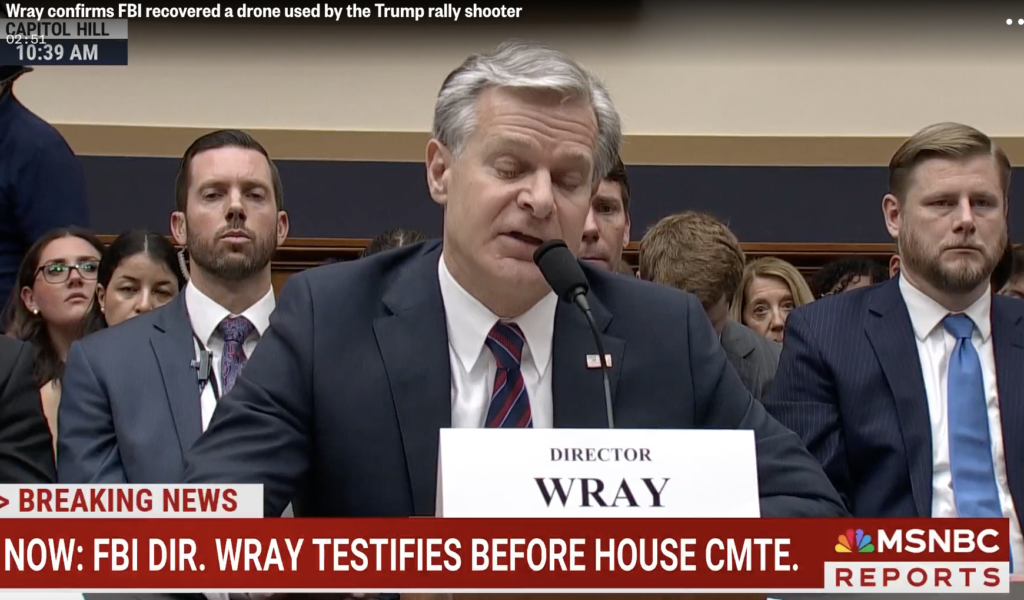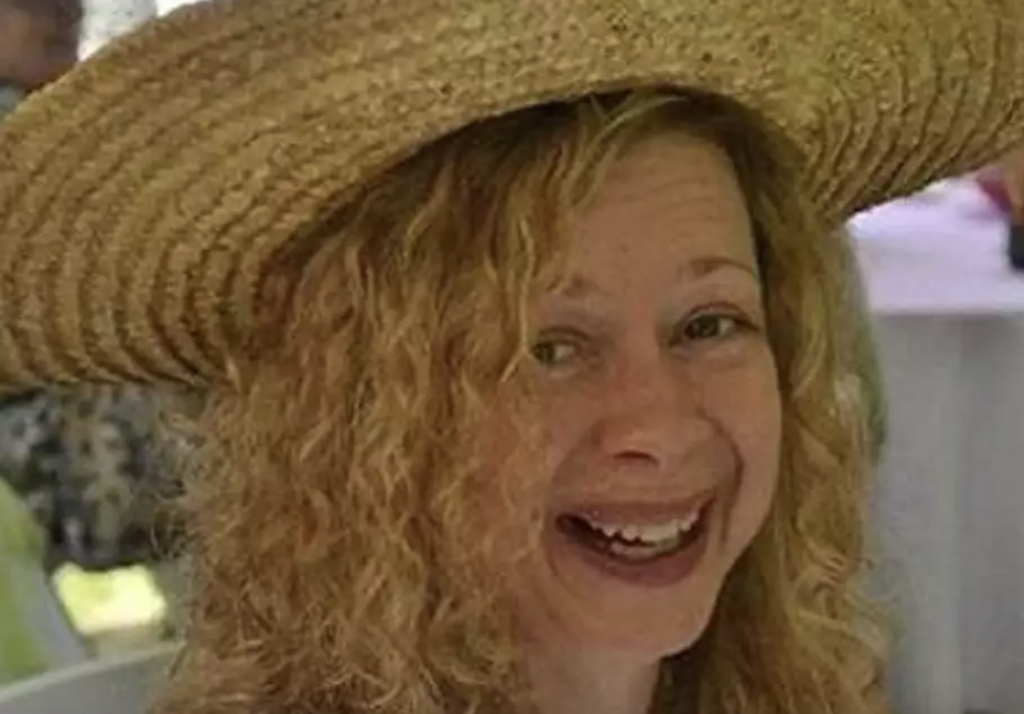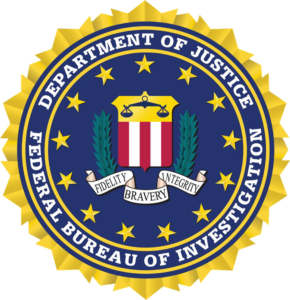According to the Hartford Courant, “Brookfield detectives traveled to Paul Fox’s residence in Peaks Island, Maine, to take him into custody Wednesday with the assistance of Homeland Security Agents. Fox was charged with three counts of second-degree sexual assault.”
This is news. The last information that was known about Fox was that he was living and working in New Zealand. It would be of interest to know when, exactly, Fox returned to the states and whether he has been practicing psychiatry in Maine.
But this arrest, now, seems odd. After all, Fox’s alleged sexual assault problems have been public record since at least July 2012. So why the sudden interest in Dr. Paul Fox?
The Hartford Courant broke the story of Fox “voluntarily” surrendering his license to practice medicine in Connecticut and New York, before departing the country for New Zealand in 2012.
And upon learning of Fox’s position as Lanza’s primary psychiatrist, AbleChild filed a FOIA for the investigative file on Fox’s alleged sexual assault, along with a FOIA for the mental health, toxicology and autopsy records of Adam Lanza, (AbleChild vs. Chief Medical Examiner).
The investigation into Fox and the allegations of sexual assault, conducted by Diane Cybulski, Supervising Nurse Consultant, Health Quality and Safety Branch of the Department of Public Health, included not only alleged sexual misconduct, but also several other issues, including the distribution of controlled substances according to Exhibit P, (CVS Pharmacy Records), questionable billing practices and patient records retention.
For example, according to the records, during Fox’s “treatment” of his 19-year old patient, not only was Fox prescribing numerous – “three or four” – psychiatric mind-altering drugs, but the psychiatrist also was providing the patient with free drug samples (page 69 of report), and the patient’s mother reported that, “she was turning into a zombie.”
Fox billed the mother’s insurance for the patient’s drug “treatment.” But when the psychiatrist and the patient “became friends” Fox no longer billed for “counseling services.”(page 68 of report).
As for state records retention, according to the Courant, State police detectives investigating the massacre at Sandy Hook Elementary School talked with Fox in New Zealand, where he was living at the time. Fox told detectives in a Dec. 17, 2012 telephone interview that he had destroyed any records he had of his treatment of Lanza (Investigation document 00260339 -Book 7). Based on the investigative records and state law, Fox last saw Lanza in 2007, making the destruction of the records two years too soon.
Fox did, however, advise law enforcement officials that he had retained his patient billing records. One can only wonder why investigators failed to follow this lead, as billing records offer a great deal of information about a patient’s treatment.
But, regardless of sloppy investigating, Fox’s arrest raises many issues beyond the alleged sexual assault, including the following:
* Fox provided counseling services at a state university. Was Western Connecticut State University aware of Dr. Fox’s sexual relationships with students at the university and, if yes, did the university file a report with the Department of Public Health, any state oversight agency, or even law enforcement?
* When information on Dr. Fox’s alleged sexual assault finally was brought to the attention of the State Department of Public Health, why was Fox given what can only be described as a “sweetheart” deal?
* Alleged sexual abuse is not only an ethical issue, but also a criminal matter, so did the State Department of Public Health have an obligation to alert law enforcement?
* Now that Fox has returned to the states, and clearly under the watchful eye of law enforcement, will Sandy Hook investigators request Fox’s billing records for psychiatric “treatment” of Adam Lanza?
* Why did the state wait a year before releasing the name of Adam Lanza’s treating psychiatrist?
* Did Adam Lanza, while under the psychiatric care of Dr. Fox or while a patient at Yale Child Study Center, participate in a clinical trial?
* Could Nancy Lanza’s notes, now being withheld by the state, provide additional information about the treatment Adam Lanza received while under Fox’s care that might expose further violations of FDA clinical trial record retention laws?
Dr. Fox’s reemergence is odd, but it has ignited a renewed interest in the specific mental health services he provided to Sandy Hook shooter, Adam Lanza.
There still are too many unanswered questions about Lanza’s mental health history, and Dr. Fox’s return should be taken by Sandy Hook investigators as an opportunity to finally get some documentable information from, at minimum, Fox’s billing records.
Fox’s case also provides an opportunity for the state of Connecticut to conduct a review of the way medical ethics violations are handled and, perhaps, even establishing real consequences for egregious behavior by those in the medical profession.
Fox finally is being held responsible for the alleged sexual assault that lost him his medical license and, apparently, forced his swift departure from the U.S. Only time will tell if state oversight agencies and law enforcement officials will take advantage of the opportunity presented in Fox’s return.




